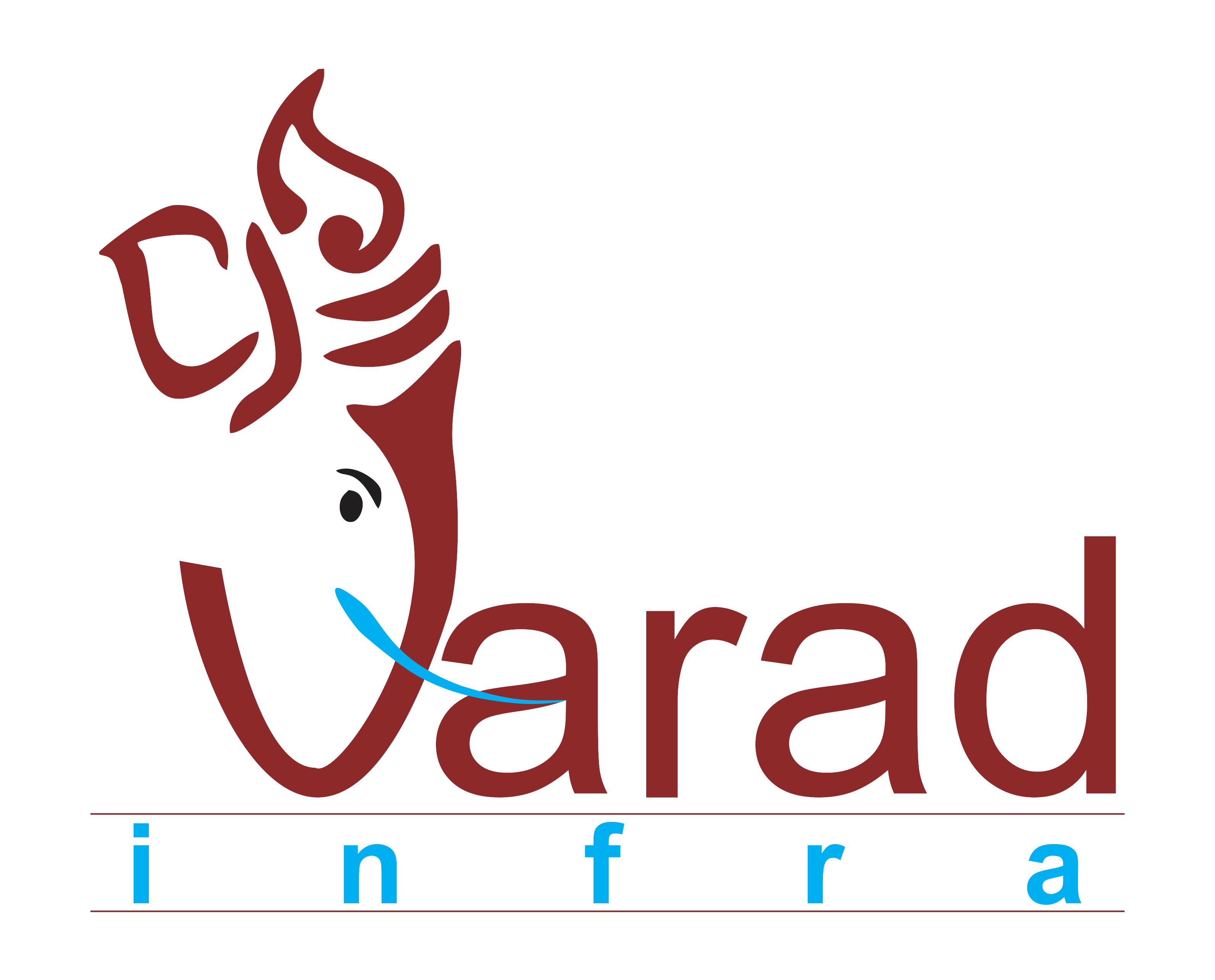Computer software as a service is a popular delivery model for people who do buiness applications, which includes email, file sharing and calendars. It provides a international solution to a lot of the challenges faced by businesses today and eliminates the need for hardware, software and platform maintenance.
SaaS is among the three key categories of cloud computing, along with infrastructure as a service and program as a program (PaaS). It enables businesses to access an array of applications with a secure network connection.
Unlike traditional organization software, which is sold on the licensing basis with an up-front cost and a great optional constant support service charge, SaaS suppliers typically command customers based upon usage metrics. This reduces the initial system cost and supplies easy monitoring and improvements.
Data management as a provider (DMaaS) enables you to manage your computer data on-demand and avoid the hassles of dealing with system issues. It indicates you can concentrate on policies and SLAs, although enabling your developers and analysts to get into and evaluate data in real time.
A good DMaaS tool is definitely GDPR-compliant to make certain data is secure and only attainable by the people with whom it’s intended to be shared. It also incorporates features that allow you to search for data files by term, date and other parameters; synchronize files through the cloud to a local file on your computer or perhaps vice versa; generate user accounts, distribution teams and set permissions; and select storage area zones and group subscriptions.
You can even build user teams based on specific attributes, just like email addresses or perhaps authentication type. You can then operate the tool to synchronize files relating to the computer plus the cloud, and access them anywhere at anytime.
File-sharing equipment are a great way to share documents with all your team members and collaborate about projects. That they let you upload and synchronize files coming from a variety of devices, just like desktops, laptops, tablets, mobile phones and slender clients.
The best file-sharing tools have advanced security and encryption to take care of files secure, and provide easy collaboration and sharing options. You can even create permissions just for users, allowing them to view and edit data files but not to upload or download them.
Moreover, many file-sharing tools are easy to make use of and integrate with other organization apps. For instance , you can instantly sync files from a document supervisor or schedule application towards the file-sharing product. You can also gain access to your documents from other applications, such as expression processors and presentation publishers.
Another benefit for a file-sharing tool is that you can present to as many stakeholders as necessary, coming from project managers and group leads to customers and other interested parties. You can even track the progress, see who has contacted the documents, and keep an eye on project finalization.
In addition , many file-sharing tools are able to sync files in the cloud to a personal folder on your computer or vice versa. This can save you the trouble of constantly moving files amongst the work and home computers. blog.vianx.com.br
